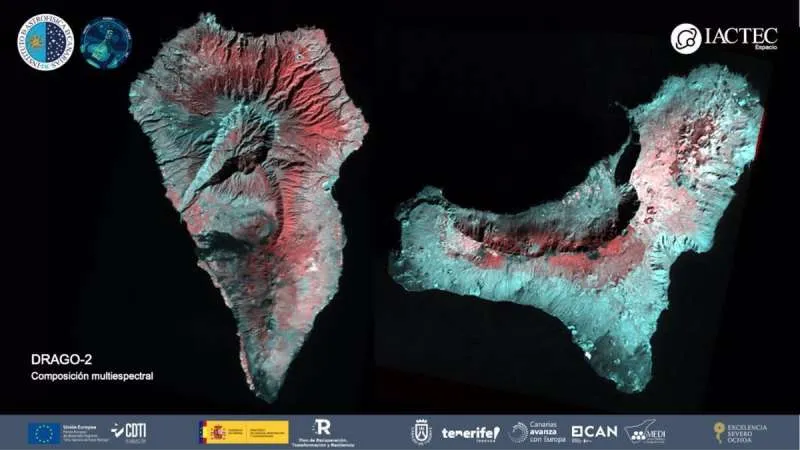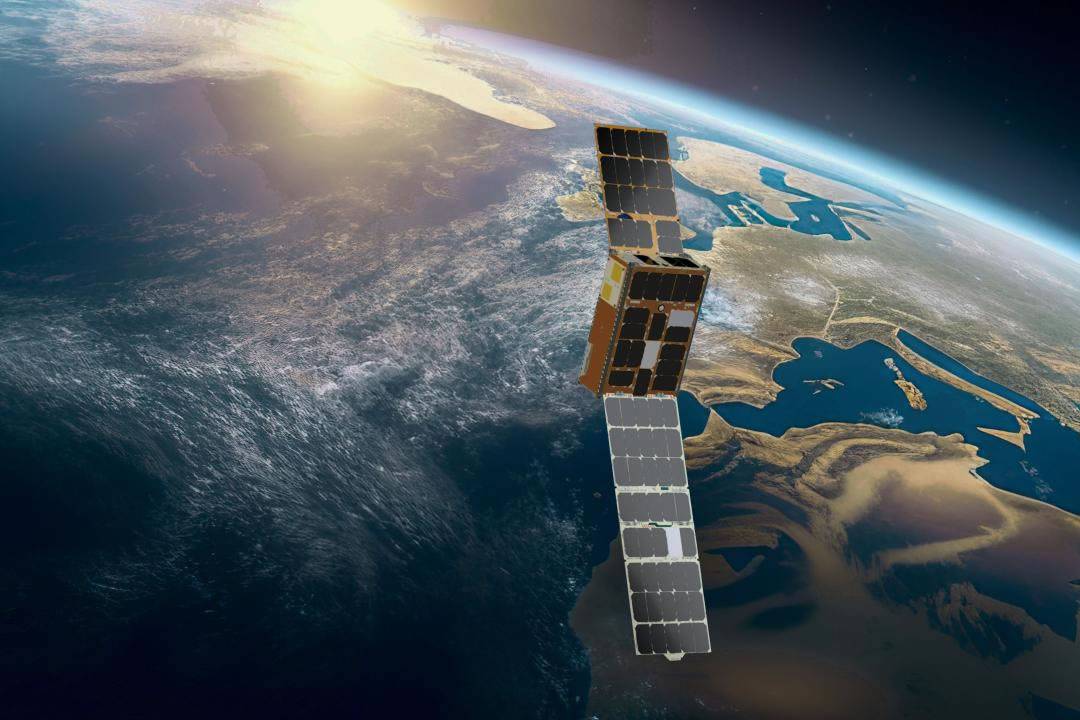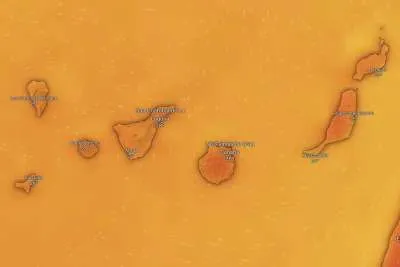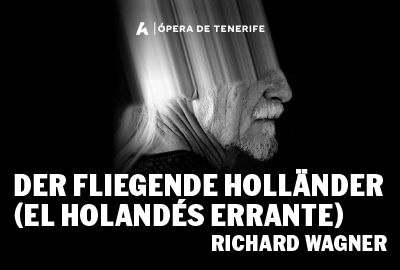Canary Islands scientists develop new space camera to observe the Earth from space
- 03-05-2025
- Tenerife
- Tenerife Cabildo
- Photo Credit: IAC
The Canary Islands are taking a major step forward in space technology as the Instituto de Astrofísica de Canarias (IAC) begins development on DRAGO-3, the latest in a series of powerful infrared cameras designed to observe Earth from space.
The new device, DRAGO-3 — short for Demonstrator for Remote Analysis of Ground Observations — will provide critical data for tracking natural disasters, including volcanic eruptions and wildfires, as well as monitoring the effects of climate change and water resource management. It follows the success of DRAGO-1 and DRAGO-2, which proved the effectiveness of shortwave infrared (SWIR) observation from small satellites.
Researchers say DRAGO-3 marks a significant leap forward in resolution, accuracy and adaptability. Unlike its predecessors, it features a modular design, making it easier to incorporate into future satellites.
José Alonso Burgal, who leads the IACTEC-Espacio division overseeing the project, said: "It delivers better performance at a much lower cost than most market alternatives, putting the Canary Islands on the map as an emerging player in the space sector."
The DRAGO team is composed mainly of experts from IACTEC-Espacio and the IAC's Instrumentation Division, working closely with the Cabildo of Tenerife.
Over the past four years, the group has successfully tested several technologies in orbit, including the launch of ALISIO-1 in December 2023 — the Canary Islands’ first satellite. DRAGO-2, currently onboard ALISIO-1, has already delivered high-quality images of La Palma and El Hierro, underlining the effectiveness of these compact instruments.

The IAC has also secured a key patent for the calibration of InGaAs sensors, which are essential to SWIR imaging. This innovation is helping to lower the cost of satellite-based infrared monitoring while improving accuracy.
Principal investigator Álex Oscoz Abad said the success of DRAGO-2 paved the way for DRAGO-3. “We’re continuing a path that delivers effective, affordable solutions — both here in the Canaries and in other parts of the world.”
DRAGO-3 has been developed in consultation with scientific institutions, emergency services, public agencies, and private companies. Its applications span a wide range of sectors, including environmental surveillance, precision agriculture, water management and public safety.
More than just a technological upgrade, the IAC sees DRAGO-3 as a strategic commitment to “accessible, useful, and mission-driven” Earth observation tailored to today’s global challenges. The project is funded by Spain’s Ministry of Science, Innovation and Universities through the EU-backed NextGenerationEU recovery plan.
Other articles that may interest you...
Trending
Most Read Articles
Featured Videos
A Vision of Elvis Tenerife Promo
- 10-05-2025
Tenerife Travel Guide
- 13-12-2024
Live webcam from Lanzarote airport
- 13-12-2024





























































